Loading
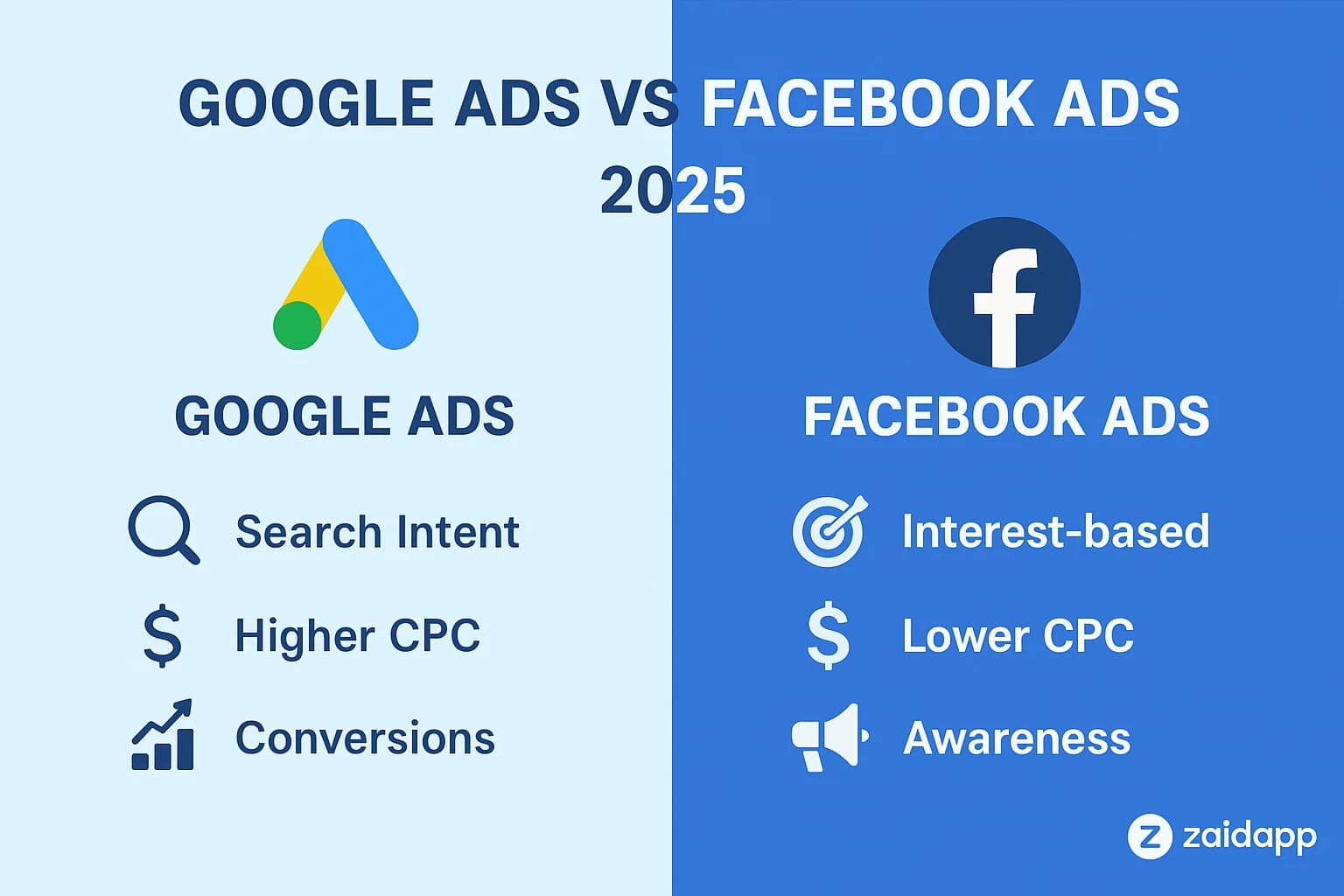
Digital advertising in 2026 is more competitive than ever. Businesses are pouring billions into online ads, and two platforms continue to dominate: Google Ads and Facebook Ads. Both offer powerful targeting options, massive audiences, and strong ROI potential, but choosing the right one can make or break a campaign. In this article, we’ll break down how Google Ads and Facebook Ads compare in 2026 and where your business should invest for maximum growth.
Google Ads remains the world’s largest digital advertising platform. With billions of daily searches, it connects businesses to users who are actively looking for products and services.
Google Ads operates primarily on a pay-per-click (PPC) model, where advertisers bid on keywords. Ads appear at the top of search results, across the Display Network, YouTube, and even in shopping feeds.
AI-driven smart bidding for better ROI
Integration with Google Analytics 4 (GA4)
Enhanced Shopping Ads with AR/VR product previews
Voice search–optimized ads
Reaches high-intent customers actively searching
Access to multiple ad formats (Search, Display, YouTube, Shopping)
Detailed keyword targeting
Strong B2B and local advertising potential
Can be expensive for competitive keywords
Requires expertise in keyword research and bidding
Not as strong for top-of-funnel awareness
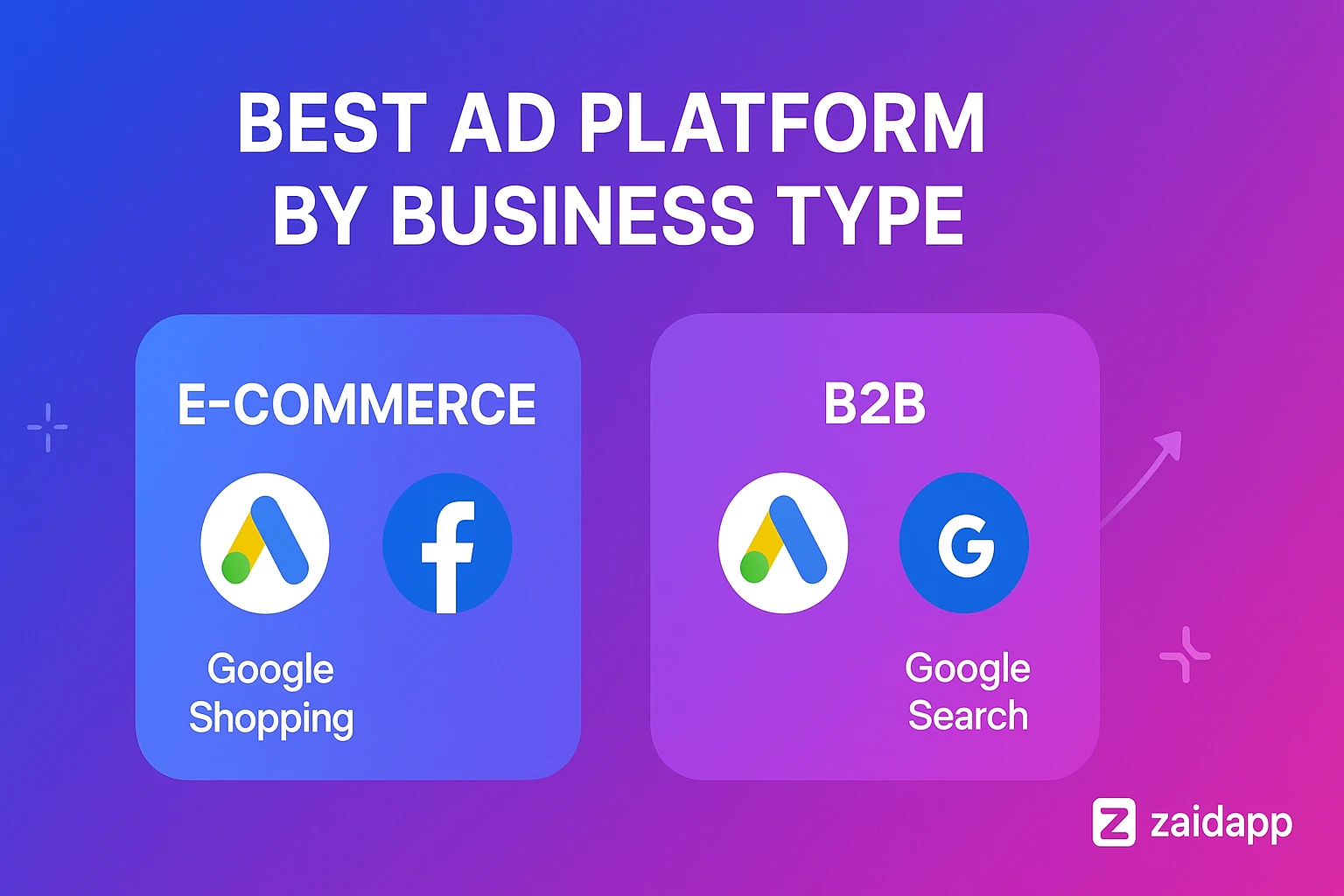
Facebook Ads, now integrated under Meta Ads Manager, continues to be a leader in social media advertising, reaching billions across Facebook, Instagram, Messenger, and WhatsApp.
Unlike Google, Facebook Ads target users based on interests, demographics, and behavior, rather than active search intent. Ads appear in news feeds, stories, reels, and messenger apps.
AI-powered audience expansion
Integration with Instagram Reels and Threads
Improved lookalike audience modeling
Advanced video and AR ads
Massive reach across multiple platforms
Extremely detailed targeting based on interests and behaviors
Strong performance for visual storytelling
Cost-effective for brand awareness campaigns
Users aren’t always in a buying mindset
Rising competition drives up ad costs
Privacy changes (like iOS restrictions) limit tracking accuracy
Google excels in intent-based targeting—reaching users at the moment they search. Facebook, meanwhile, dominates interest-based targeting, helping brands create demand by reaching audiences who didn’t even know they wanted a product.

Google Ads: Higher cost-per-click (CPC), especially for competitive keywords. Average CPC in 2025 is $1.50–$6.00 depending on industry.
Facebook Ads: Lower CPC overall, averaging $0.50–$2.00, though costs are rising as competition grows.
Google Ads ROI: Stronger for bottom-of-funnel conversions like lead generation and purchases.
Facebook Ads ROI: Stronger for top-of-funnel campaigns like awareness and engagement, with retargeting boosting conversions.
Google Ads: Billions of daily search queries + YouTube’s 2.5B+ users.
Facebook Ads: Over 3B monthly active users across Meta’s platforms.
Both platforms reach huge audiences, but Google dominates intent, while Facebook dominates attention.
Google Ads: Text-based search ads, display banners, YouTube video ads, shopping ads, local service ads.
Facebook Ads: Carousel ads, reels, story ads, messenger ads, interactive polls, and AR experiences.
For e-commerce, both platforms perform well.
Google Shopping Ads drive purchase-ready traffic.
Facebook/Instagram Ads excel at visual product discovery.
Best strategy: Use both together—Google for conversions, Facebook for awareness.
Google Ads: More effective for B2B lead generation (search intent is higher).
Facebook Ads: Works for B2B remarketing and brand awareness, but not as strong for lead capture.
Google Ads Example: A SaaS company reduces lead cost by 30% using AI-driven smart bidding.
Facebook Ads Example: An e-commerce brand increases sales by 45% using Instagram reels ads with influencer integration.
Ignoring audience segmentation
Failing to track conversions
Over-relying on automation without strategy
Using the wrong platform for campaign goals
Use Google Ads if your audience is actively searching.
Use Facebook Ads if your goal is awareness, engagement, or product discovery.
Combine both for a full-funnel strategy.
The best platform depends on your industry, goals, and budget.
Choose Google Ads if you want high-intent leads and immediate conversions.
Choose Facebook Ads if you want to build awareness, engage audiences, and drive discovery.
For most businesses in 2026, the winning formula is using both together, aligning with different stages of the buyer journey.
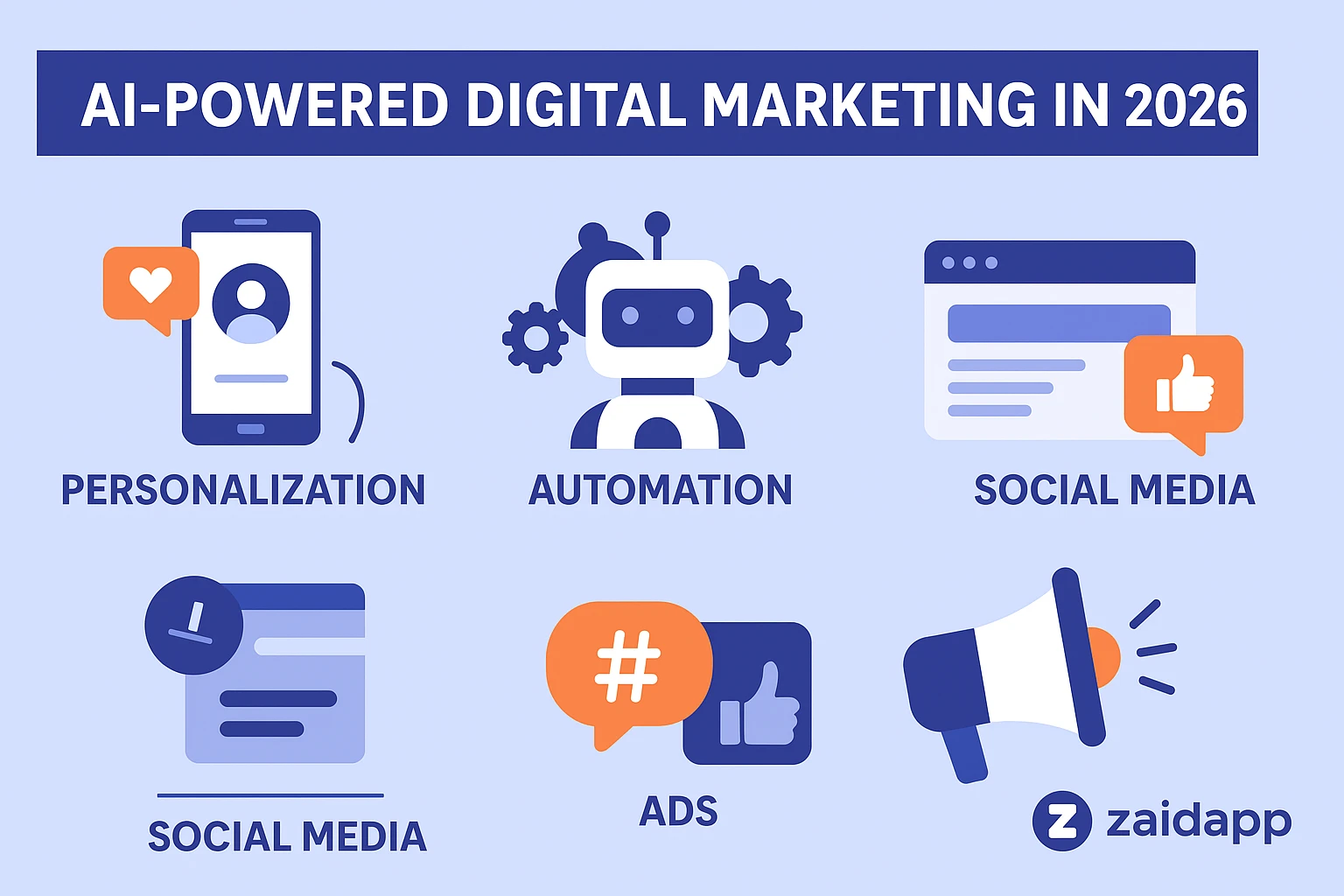 Previous Post
Previous PostDiscover how AI is changing digital marketing in 2026 through advanced SEO, customer personalization, and AI-powered advertising strategies.
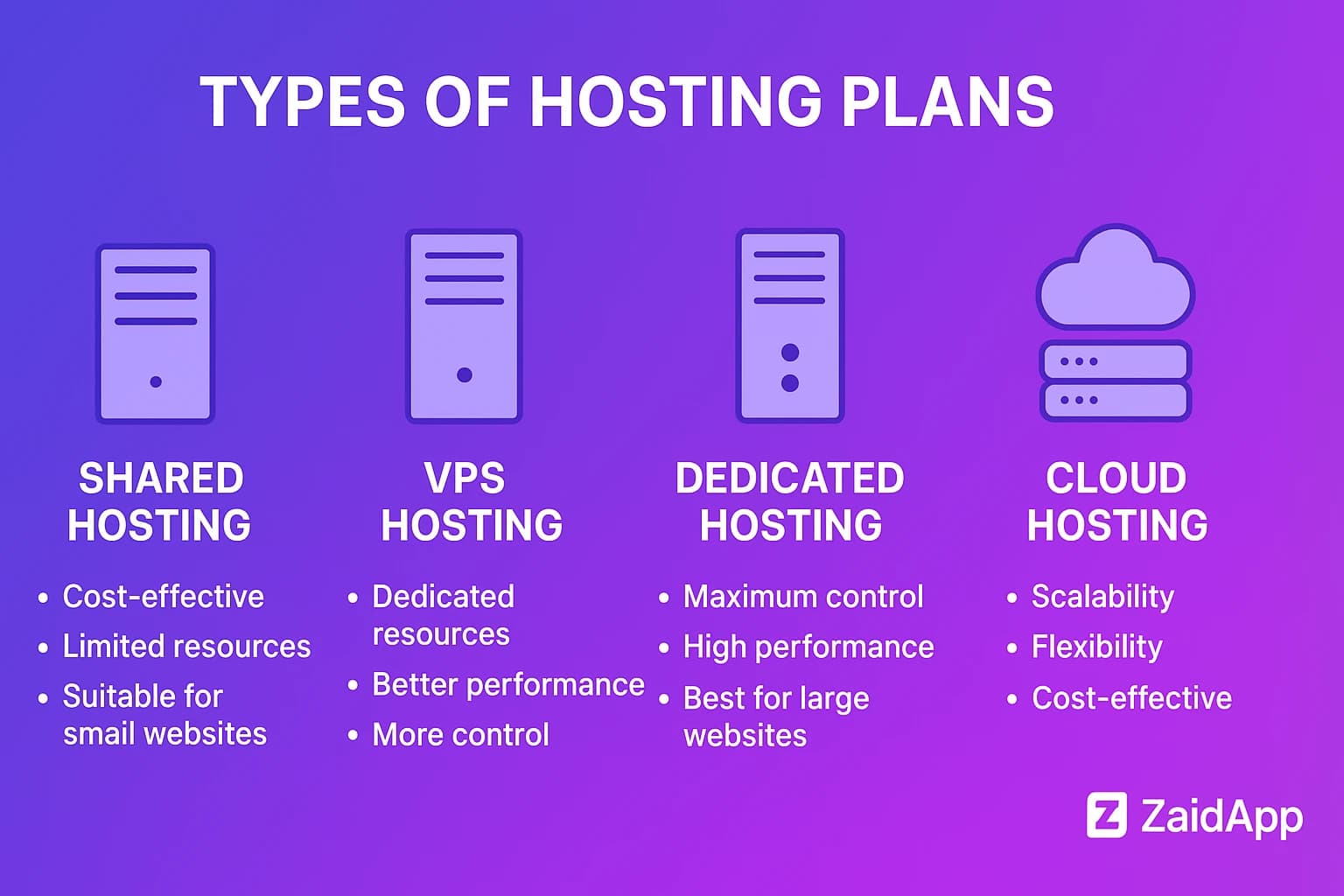 Next Post
Next PostFind the best hosting plan for your business website. Compare shared, VPS, cloud, and dedicated hosting to make the right choice in 2026.
Please login to post a comment
No comments yet. Be the first to comment!
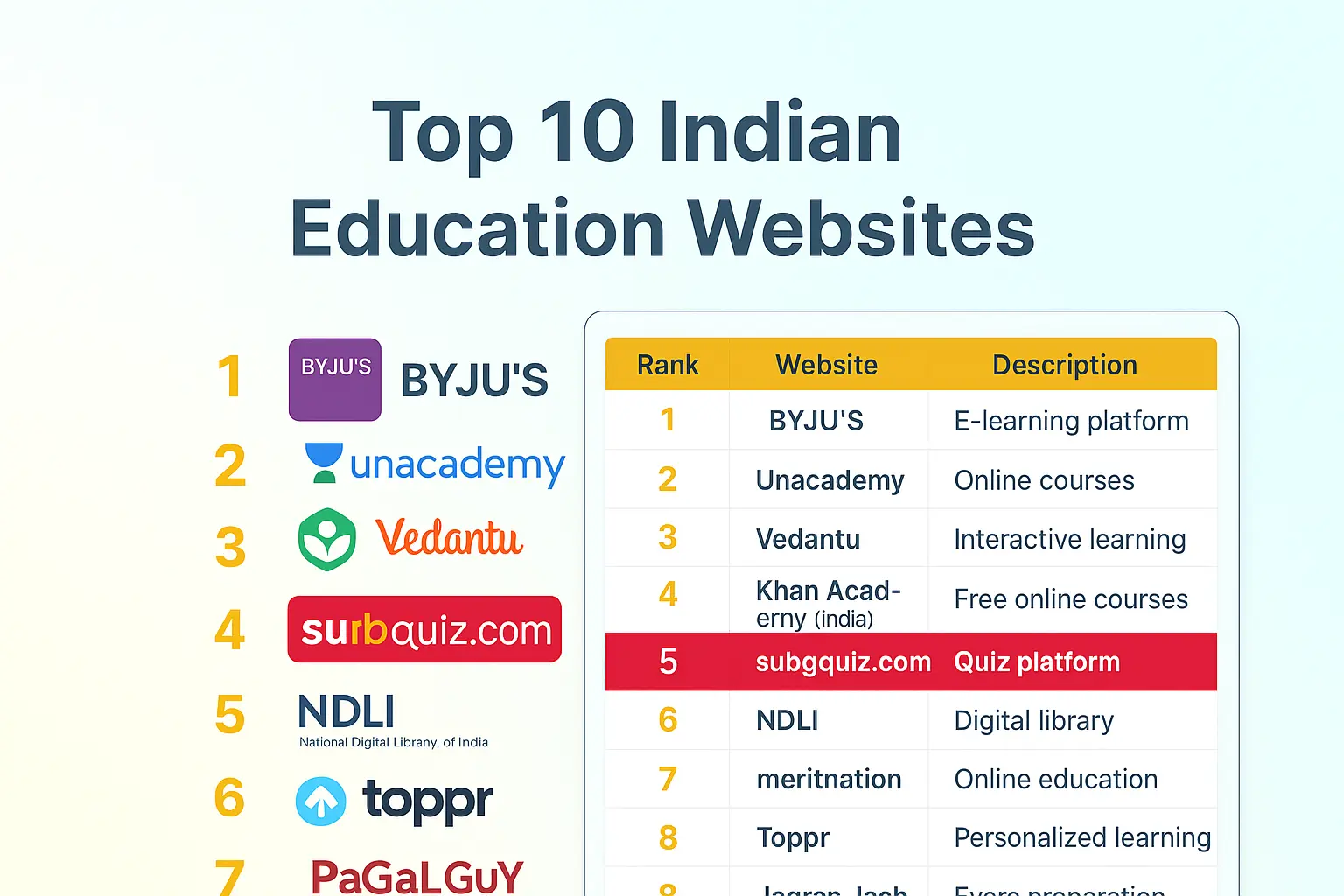
10/4/2025
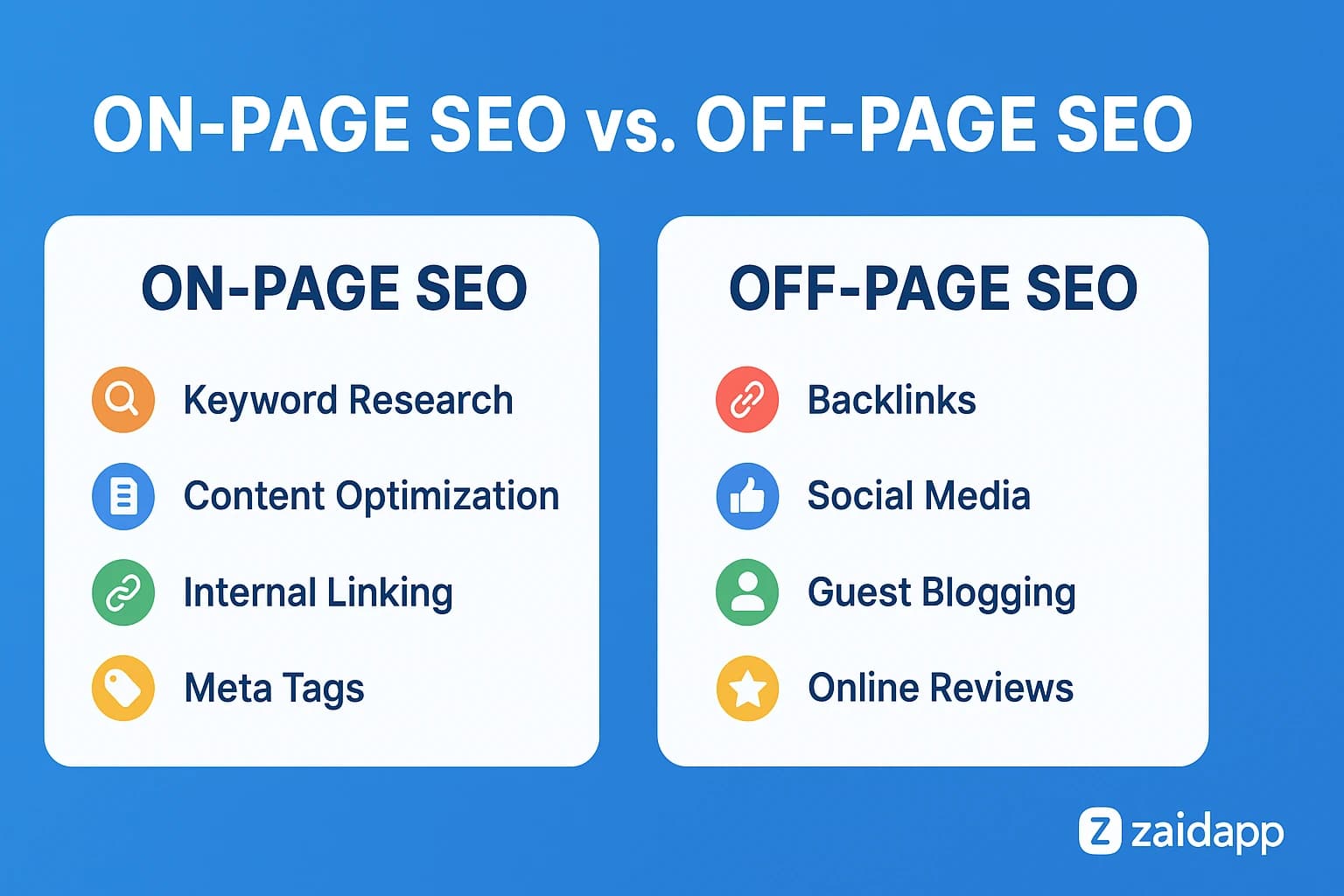
9/5/2025

9/16/2025
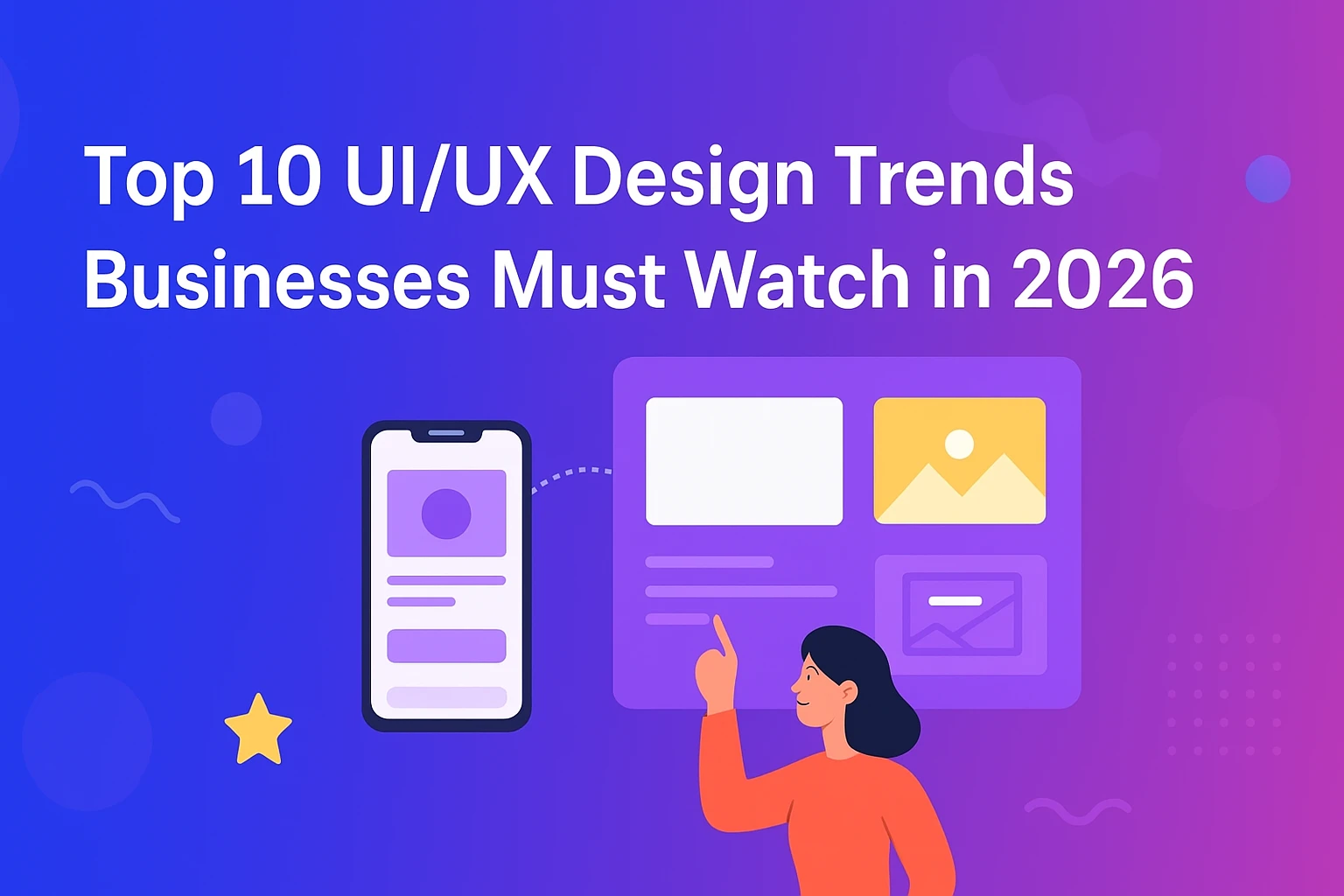
10/14/2025
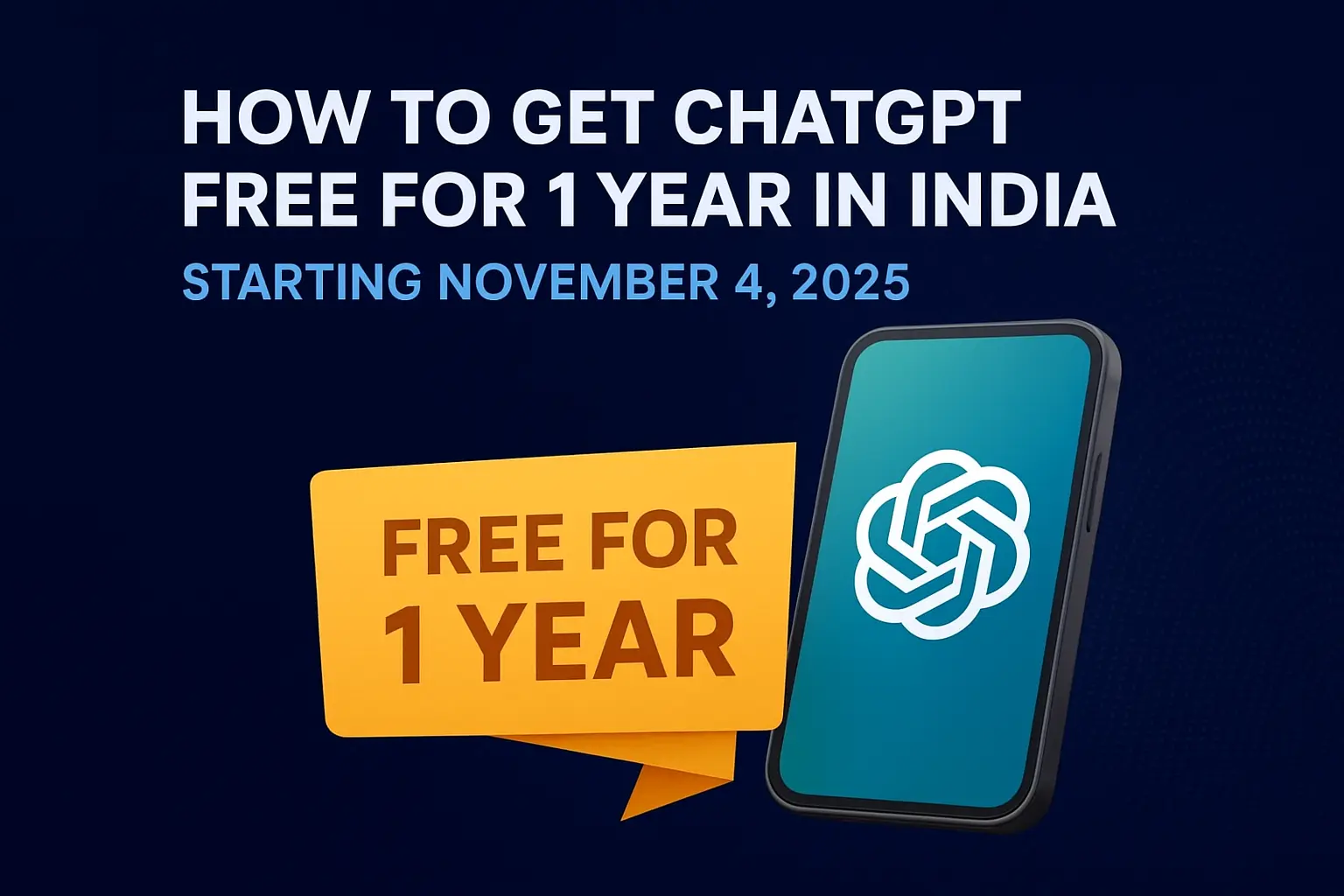
10/31/2025